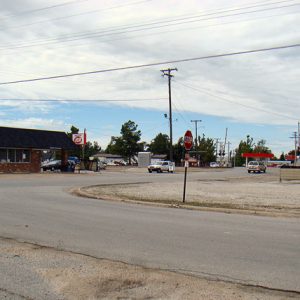 Bono
Bono
Entry Type: Place - Starting with B
 Bono
Bono
Bono (Craighead County)
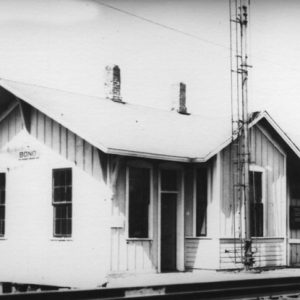 Bono Train Depot
Bono Train Depot
Boone County
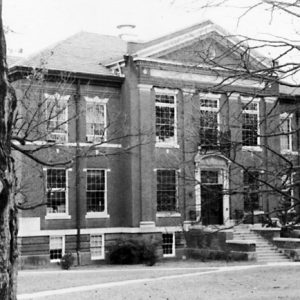 Boone County Courthouse
Boone County Courthouse
 Boone County Courthouse
Boone County Courthouse
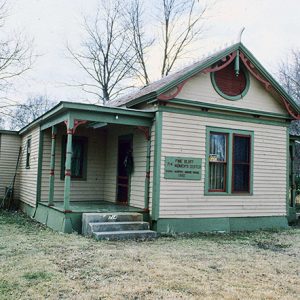 Boone-Murphy-Moore House
Boone-Murphy-Moore House
Boone-Murphy-Moore House
Booneville (Logan County)
 Booneville
Booneville
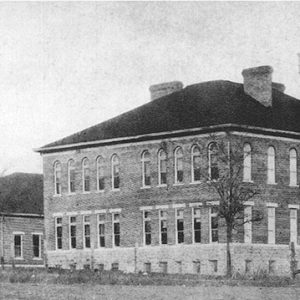 Booneville High School
Booneville High School
 Booneville Bank
Booneville Bank
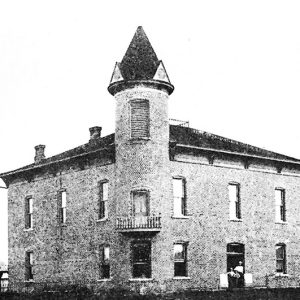 Booneville Courthouse
Booneville Courthouse
 Booneville Street Scene
Booneville Street Scene
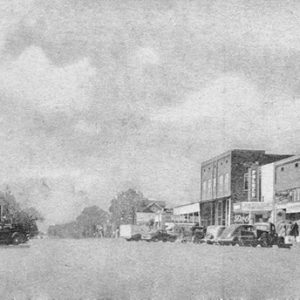 Booneville Street Scene
Booneville Street Scene
 Booneville Street Scene
Booneville Street Scene
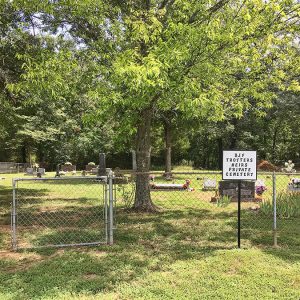 B. J. F. Trotter Cemetery
B. J. F. Trotter Cemetery
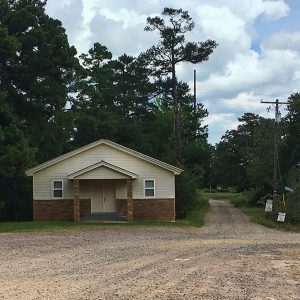 Boothe Church
Boothe Church
Boothe (Scott County)
 Boston General Store
Boston General Store
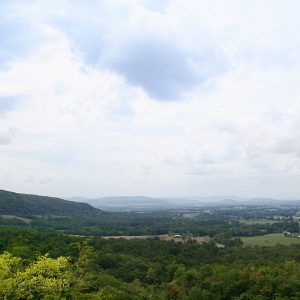 Boston Mountains
Boston Mountains
Boston Mountains
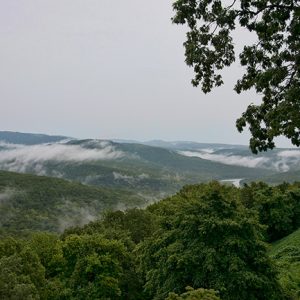 Boston Mountains
Boston Mountains
Boswell (Clark County)
Boswell (Izard County)
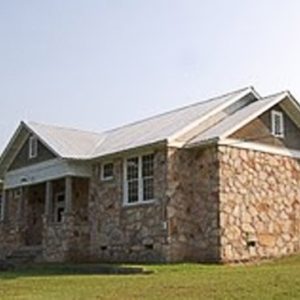 Boswell School
Boswell School
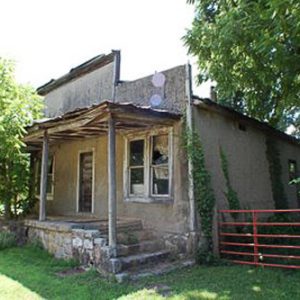 Boswell Store
Boswell Store
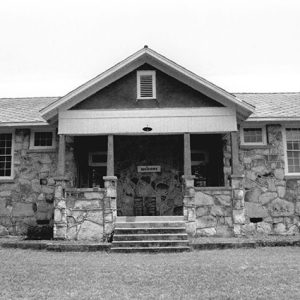 Boswell School
Boswell School
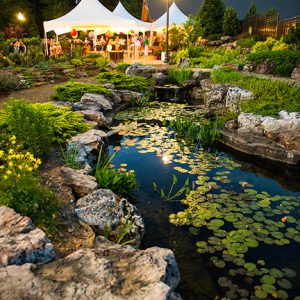 Botanical Garden of the Ozarks
Botanical Garden of the Ozarks
Botanical Garden of the Ozarks
Boughton (Nevada County)
Boxley (Newton County)
 Boxley Community Building
Boxley Community Building
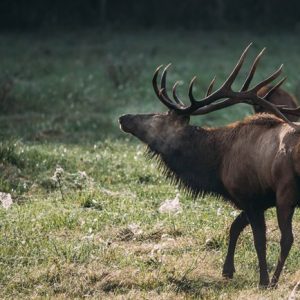 Boxley Elk
Boxley Elk
 Boyd's Store
Boyd's Store
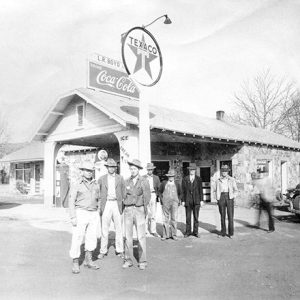 Boyd's Texaco
Boyd's Texaco
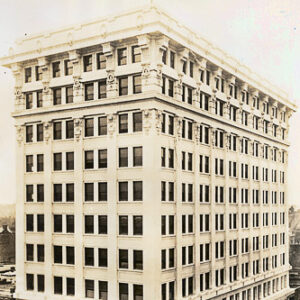 Boyle Building
Boyle Building
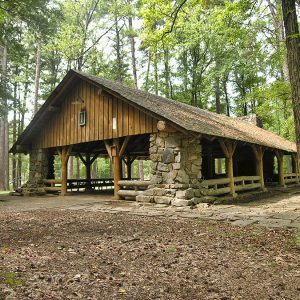 Boyle Park Pavilion
Boyle Park Pavilion
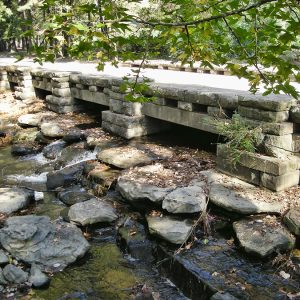 Boyle Park Bridge
Boyle Park Bridge
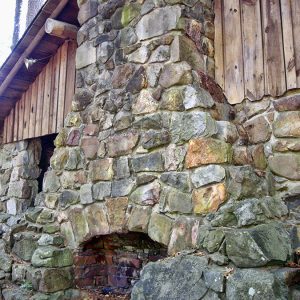 Boyle Park Chimney
Boyle Park Chimney
 Boyle Park Fire Pit
Boyle Park Fire Pit
Boyle Park
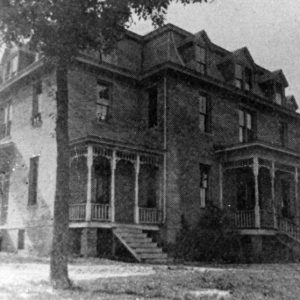 Boys Dormitory
Boys Dormitory
 Bozeman House
Bozeman House
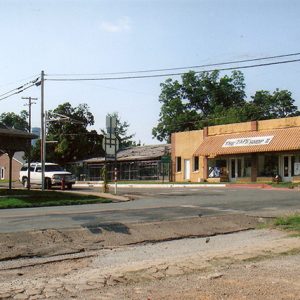 Bradford Street Scene
Bradford Street Scene
 Bradford Veterans Memorial
Bradford Veterans Memorial
Bradford (White County)
Bradley (Lafayette County)
Bradley County
 Bradley County Clerk
Bradley County Clerk




